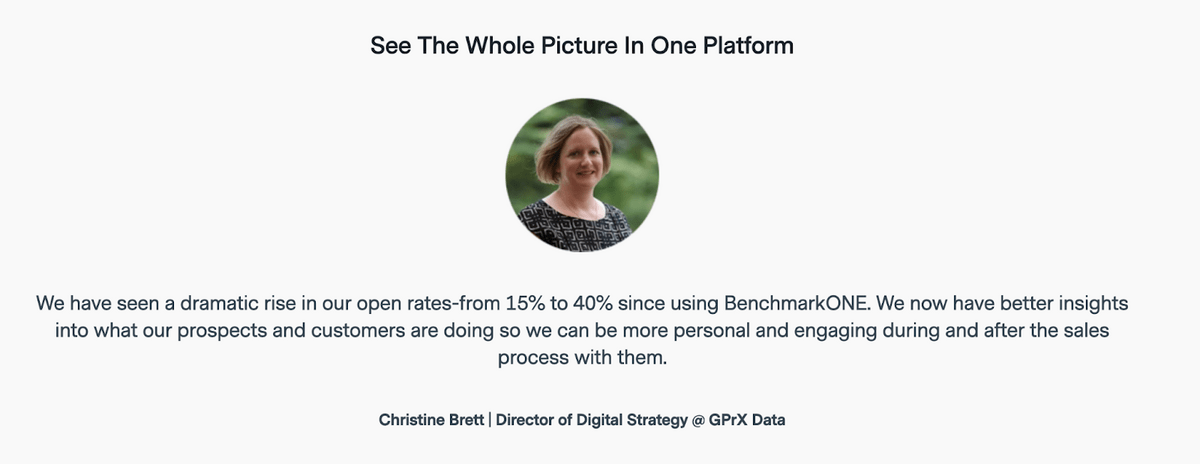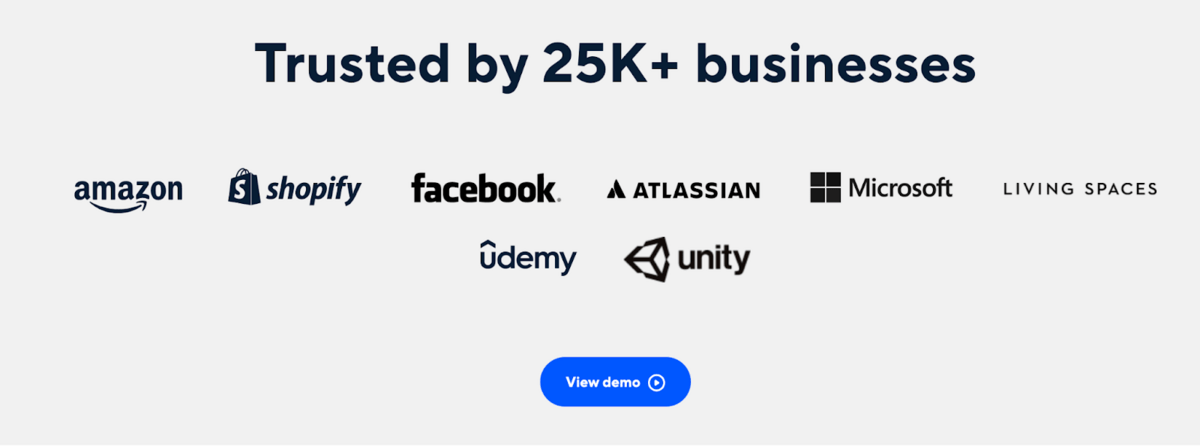
Contrary to what countless marketing blogs might have told you, there’s no secret formula to getting landing page conversions.
Converting visitors to leads or customers on landing pages depends on whether you can persuade them to click your CTA button.
The primary landing page components, such as the headline, form, copy, and CTA, aim to convince visitors to convert. However, one specific page element transforms leads into customers while establishing trust and credibility for the page and, by extension, your brand — social proof.
This post will delve into everything you need to know about social proof — starting with what it is, the qualities that make it effective, and ways to include it on your landing pages, highlighted by real page examples. Everything will help you use cognitive bias on your pages and get visitors to perform the page action.
Let’s begin.
Effortlessly export your Google Docs to WordPress with just 1-click.
Get Started Today
The social proof theory stems from the human need to conform. Social proof is embedded deep into our evolutionary code — we crave other people’s opinions and always look for them.
It’s the same need sheep have to stay with the herd and why TikTok trends go viral, with millions of users imitating the same dance routines. This can lead to a snowball effect, by tapping into our desire to belong and connect, TikTok and other social media platforms have created a powerful tool for building communities and fostering engagement among their users.
It’s why Gwyneth Paltrow’s modern lifestyle brand Goop is still in business, despite widespread criticism for marketing harmful products and scientifically questionable treatments.
Psychologist Robert Cialdini first popularized the social proof theory in his 1984 book Influence. It’s one of six principles of persuasion, and according to Cialdini, the theory maintains that:
“A person who does not know the proper behavior for a certain situation will look to others to imitate what they are doing and provide guidance for his actions.”
Visitors who visit your page are probably unfamiliar with your brand and offer. They’re unsure whether to trust you with their information and click the CTA button — social proof helps visitors feel reassured about the commitment they’re about to make. When they see other people have had faith in your offering, they’re more confident about doing the same.
Social proof on your landing page translates into using positive customer experiences to showcase why new customers should take advantage of what you’re offering. Evidence shows potential customers that previous ones approve of your product or service.
The cognitive bias works on the following mechanisms.
Now that we’ve discussed what social proof is and how it works, let’s look at how to use it on your landing pages.
There’s no “right” or “singular” way to include social proof on your landing page. You can feature it in all the methods described below or choose the ones that best suit your offer and brand.
Short quotes from satisfied customers can do wonders for your advertising conversions, so it’s no surprise that this is one of the more prevalent uses of social proof on landing pages. The stats also back the efficacy of positive customer reviews — according to Northwestern University’s Spiegel Research Center, customer stories and experiences can increase conversion rates by as much as 270%.
You can boost the credibility of the customer stories by including a photo, name, company, job title, and quote. To optimize your page quotes, it’s best to add anecdotes that explain how your offer alleviated the customer’s pain and brought them joy.
You can feature the reviews anywhere on the landing page and A/B test to see which placement works best for your page.
BenchmarkONE showcases a customer testimonial that discusses the exact results the customer achieved with the email marketing + CRM tool — which will help future clients envision similar results and increase their chances of opting for the live demo.

A customer counter works based on herd behavior: when people follow others instead of using their knowledge to make independent decisions. Most people tend to go along with the crowd instead of paving the way themselves.
When you include the number of customers you currently have on your page, it signals to visitors how many people have already placed their trust in you — this positively influences their decision-making.
Intercom features page copy “Trusted by 25K+ customers” to signal new visitors that they’ll join a robust community when they decide to “view demo.”

Customer logos work to establish credibility for the same reason celebrity endorsements do. Using well-known brand logos and logo mockups amplifies the persuasion effect.
Audiences generally have a positive impression of well-known brands, and when they see those companies are using your service, they’re likely to view your brand more positively.
Smartsheet’s landing page features LEGO, P&G, Pfizer, NASA, and American Express logos.

Third-party reviews work for two reasons. First, they’re objective — instead of you singing your company’s praises, an independent brand/review site agrees you’re capable of fulfilling your promises. The second is another example of the instinctive herding mentality. When other brands rate you favorably, it helps future customers realize the value in your product/offer, which leads them to click the CTA button.
Jasper, the AI writing tool, uses user reviews and ratings from credible review websites like Capterra, G2 Crowd, and Trust Pilot to inform customers how successful their tool is for marketers, writers, and entrepreneurs.
Visitors feel reassured about filling out landing page forms when they know the company they’re submitting their information to won’t use it for purposes other than what they promised.
Think of trust badges as website security seals of approval. Common trust seals include SSL certificates, VeriSign Trusted seal, safe checkout badges, Norton, and payment logos like Visa or Mastercard. Also, it always helps to use the best VPN services to increase your cyber security or browse internet anonymously, stream, or even to watch Youtube with a VPN.
Another way to encourage visitors to enter their data on your landing page form is to add a link to your privacy policy on the page. The policy should detail how you plan to use their information and specify that you won’t sell their data to other websites or advertisers.
Creating high-converting landing pages involves more than throwing a bunch of elements on a page, hoping visitors will find it relevant and click the CTA button.
The process requires optimizing every page element and connecting the audience with narratives that persuade them to convert. Social proof helps you do both — it forms a connection with your audience with relevant records.
Add social proof on your landing pages through customer reviews, quotes, badges, counters, third-party reviews, and trust seals, and witness their impact on your landing pages.